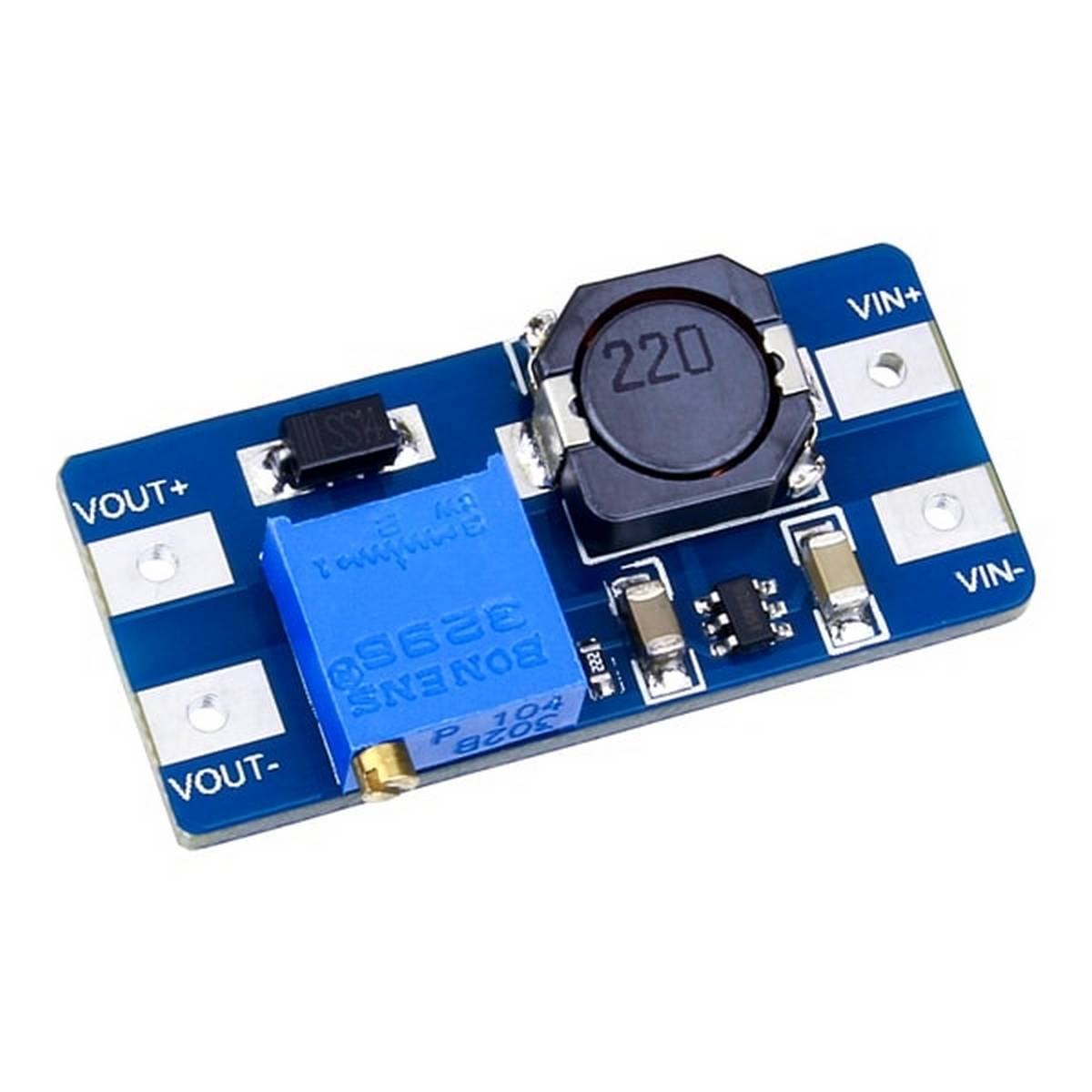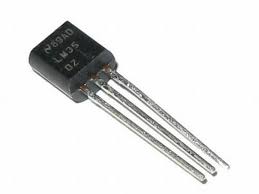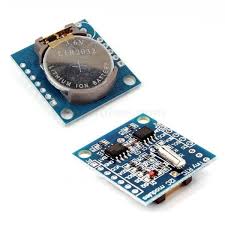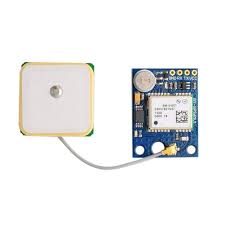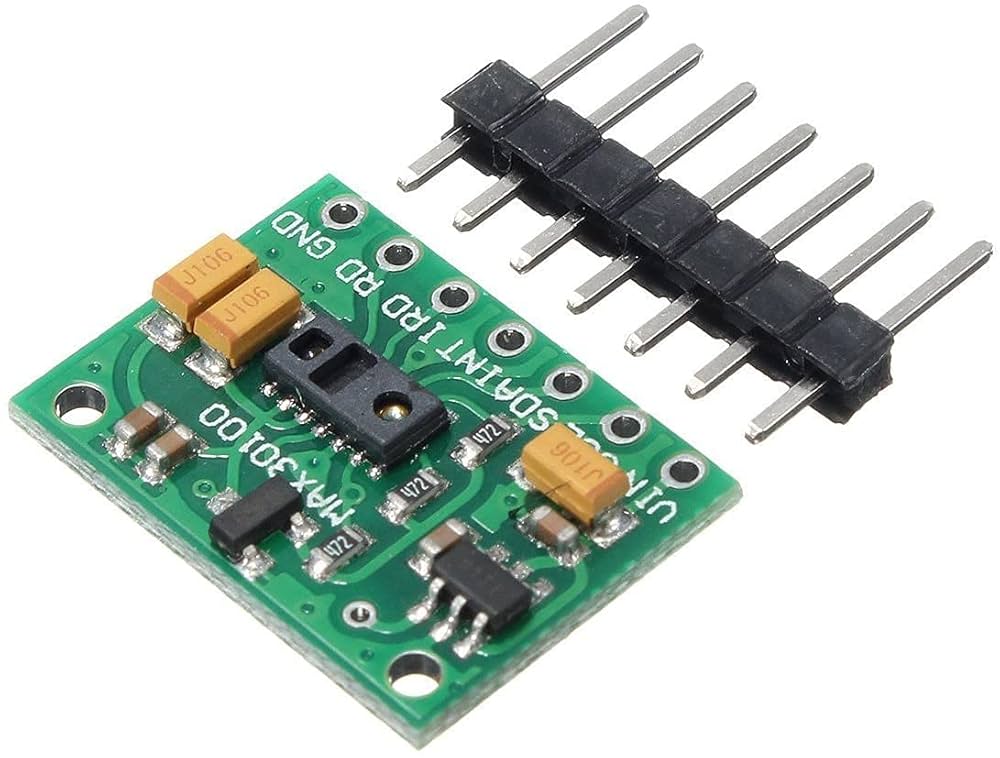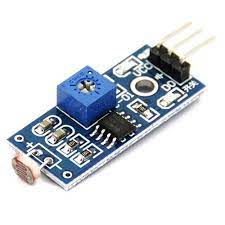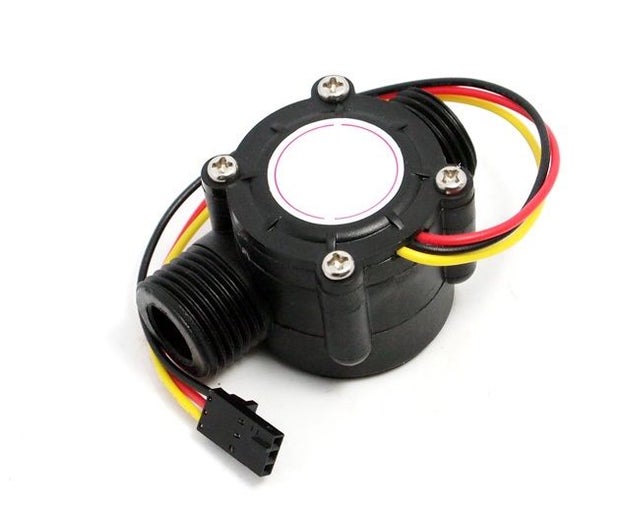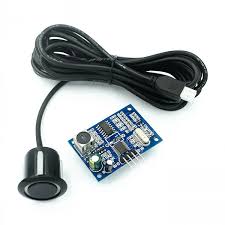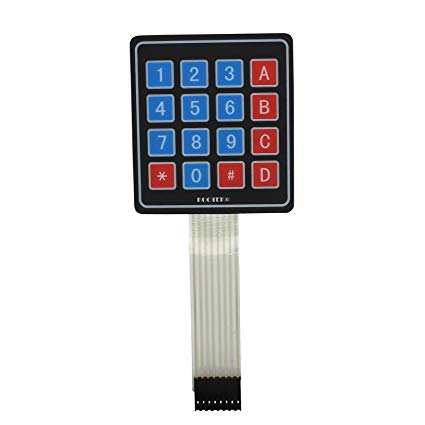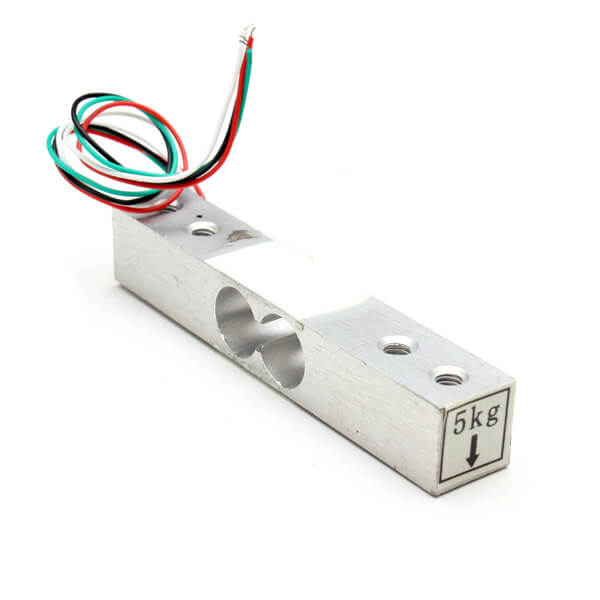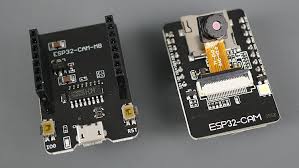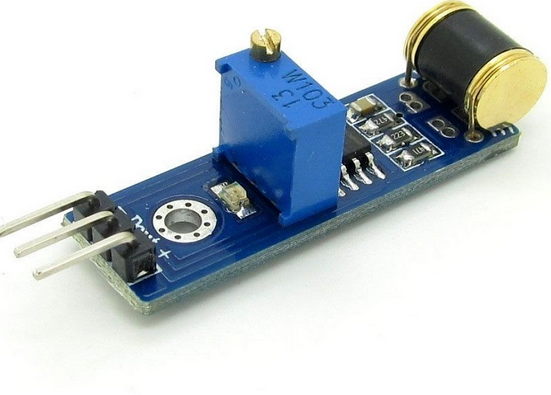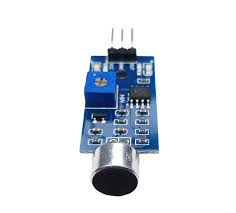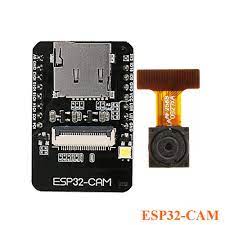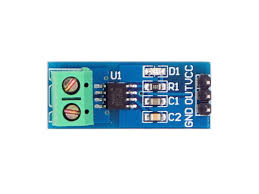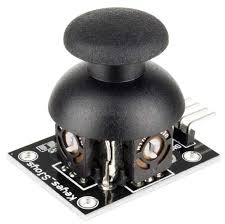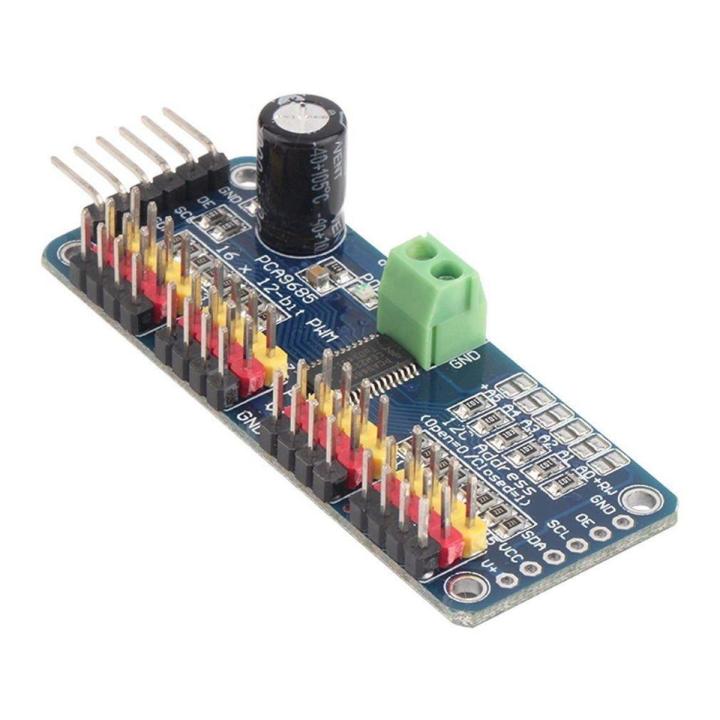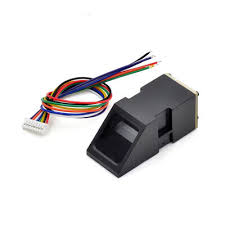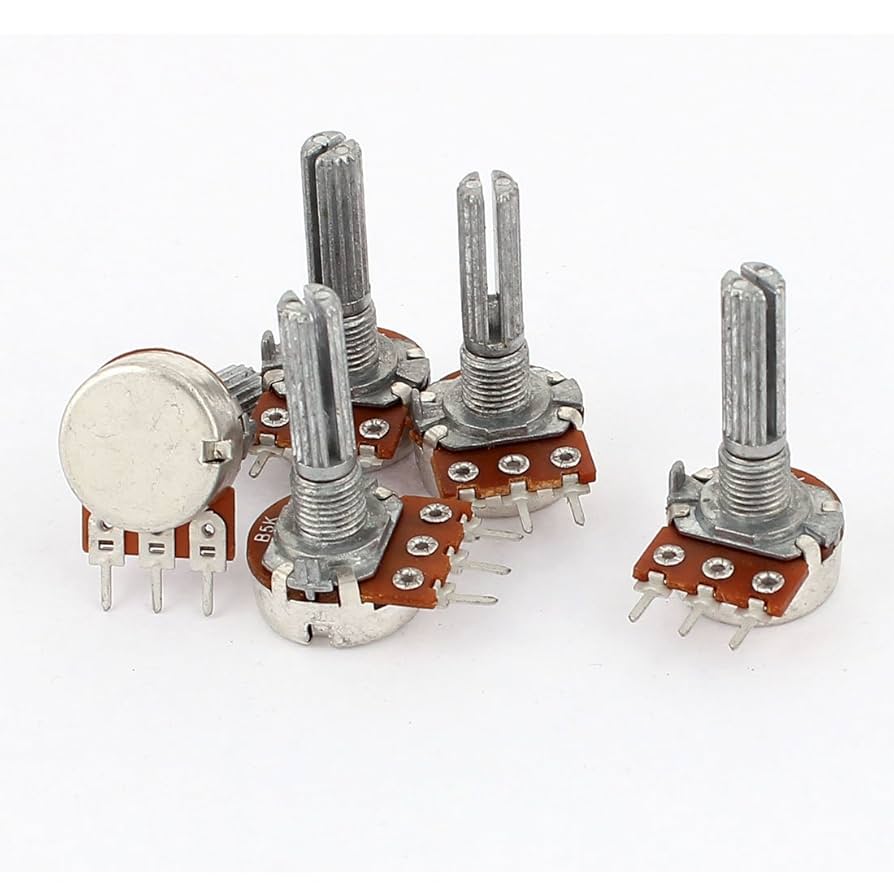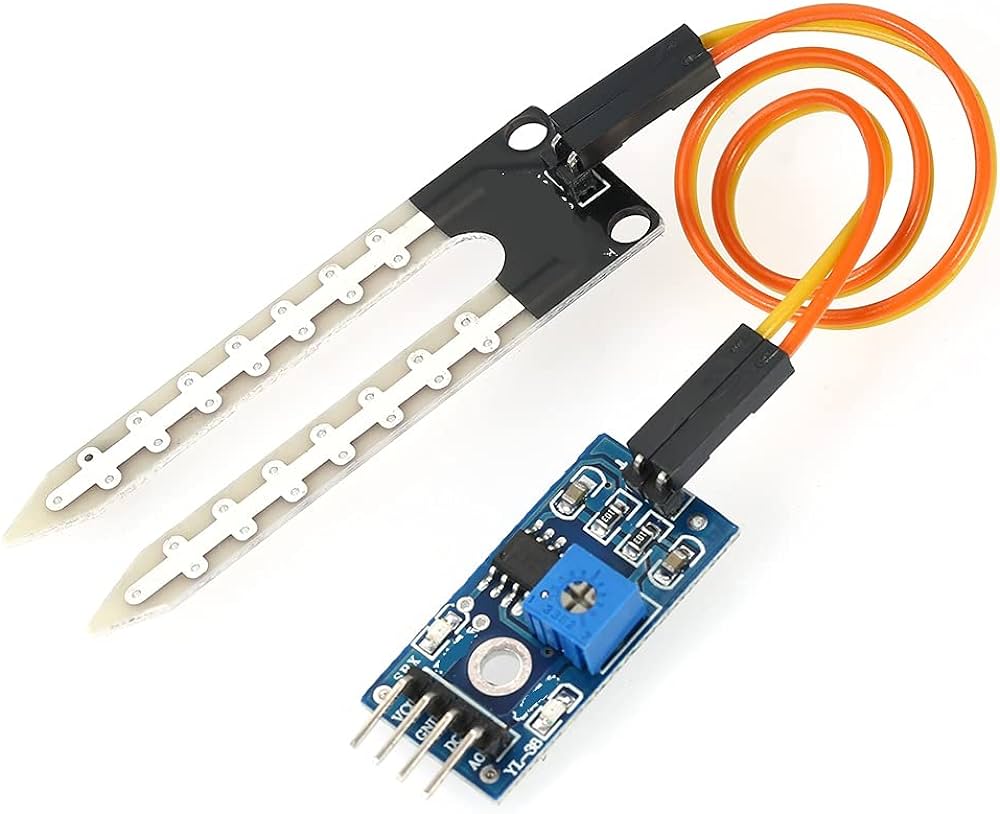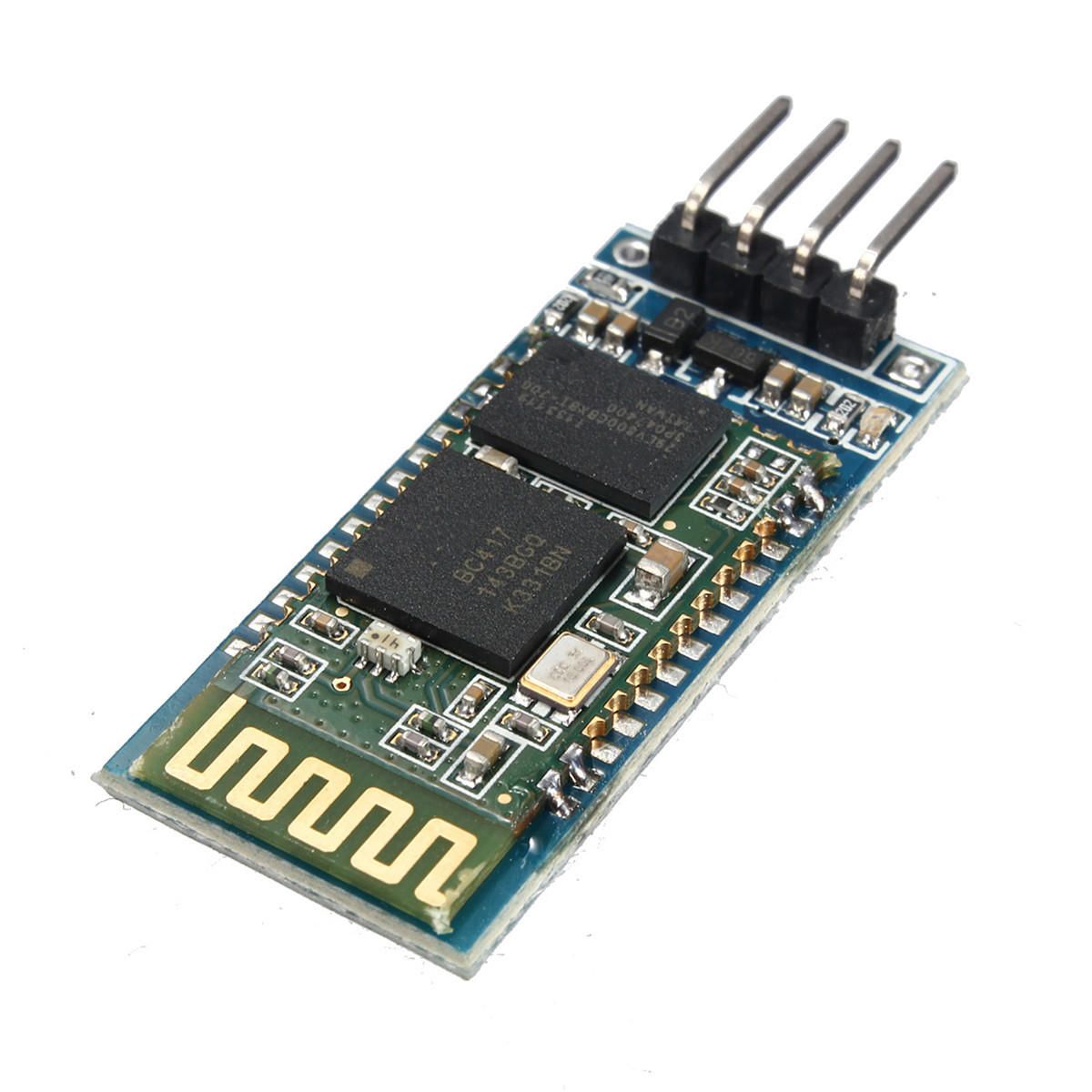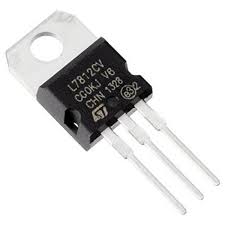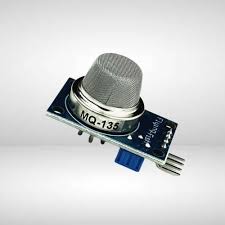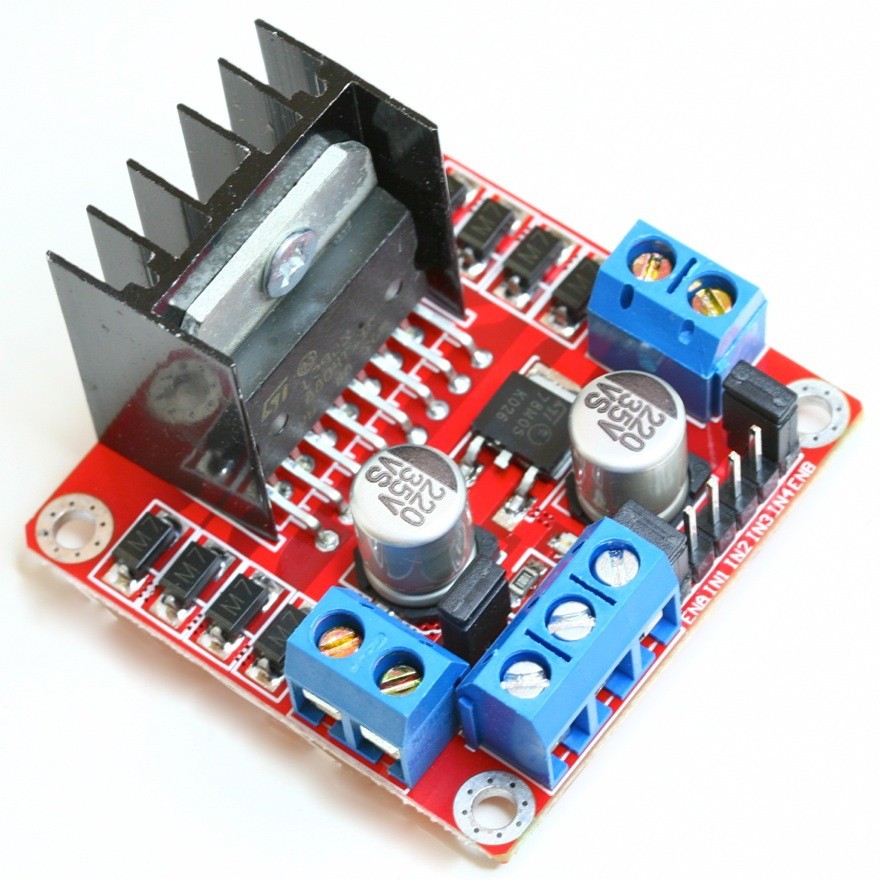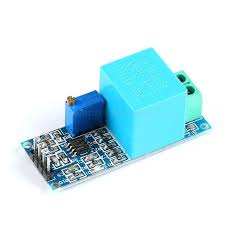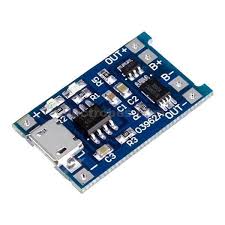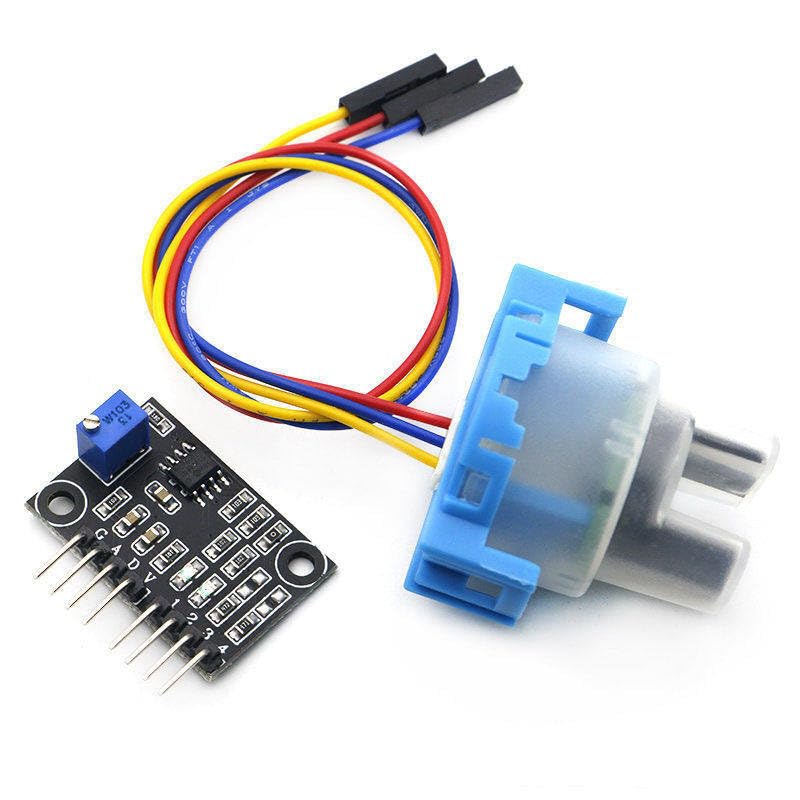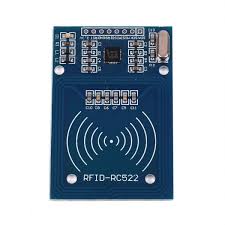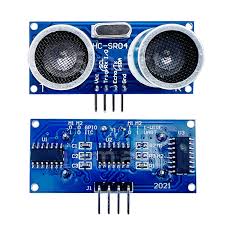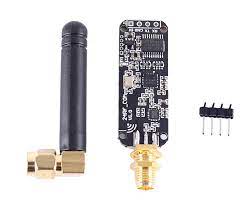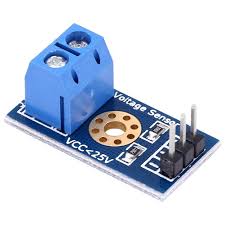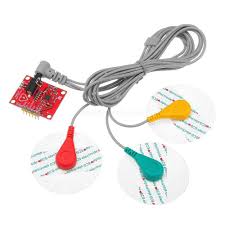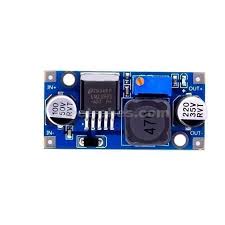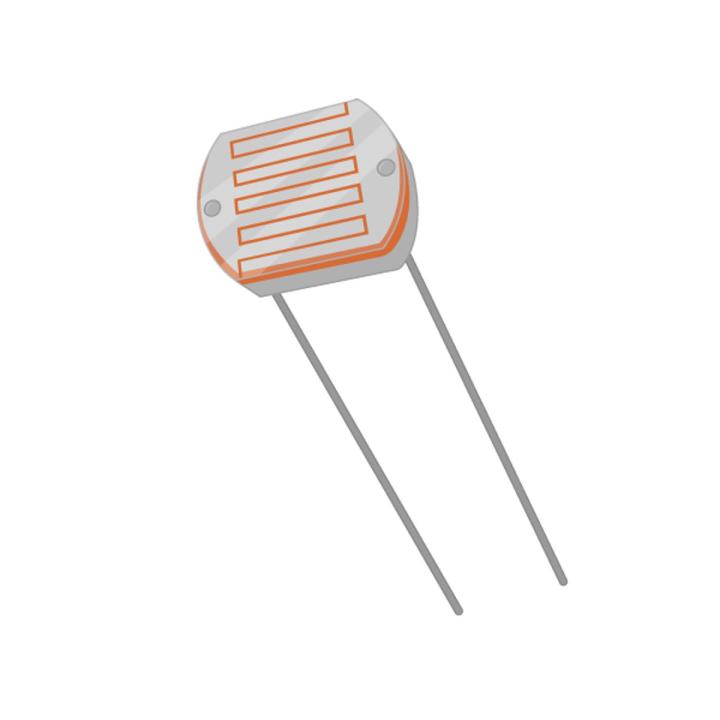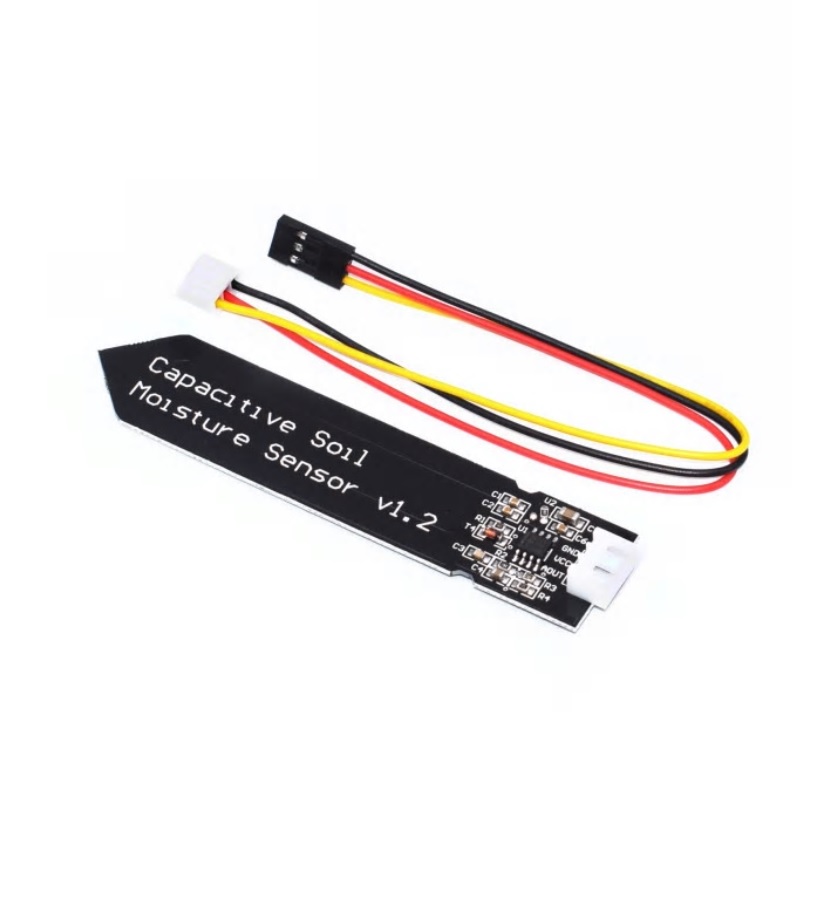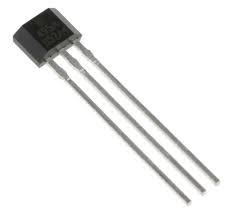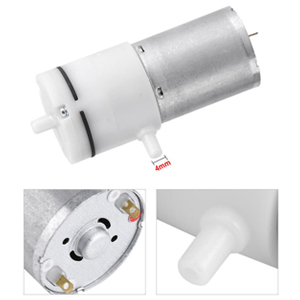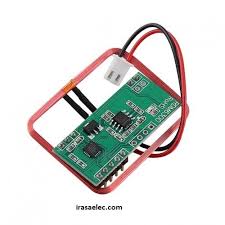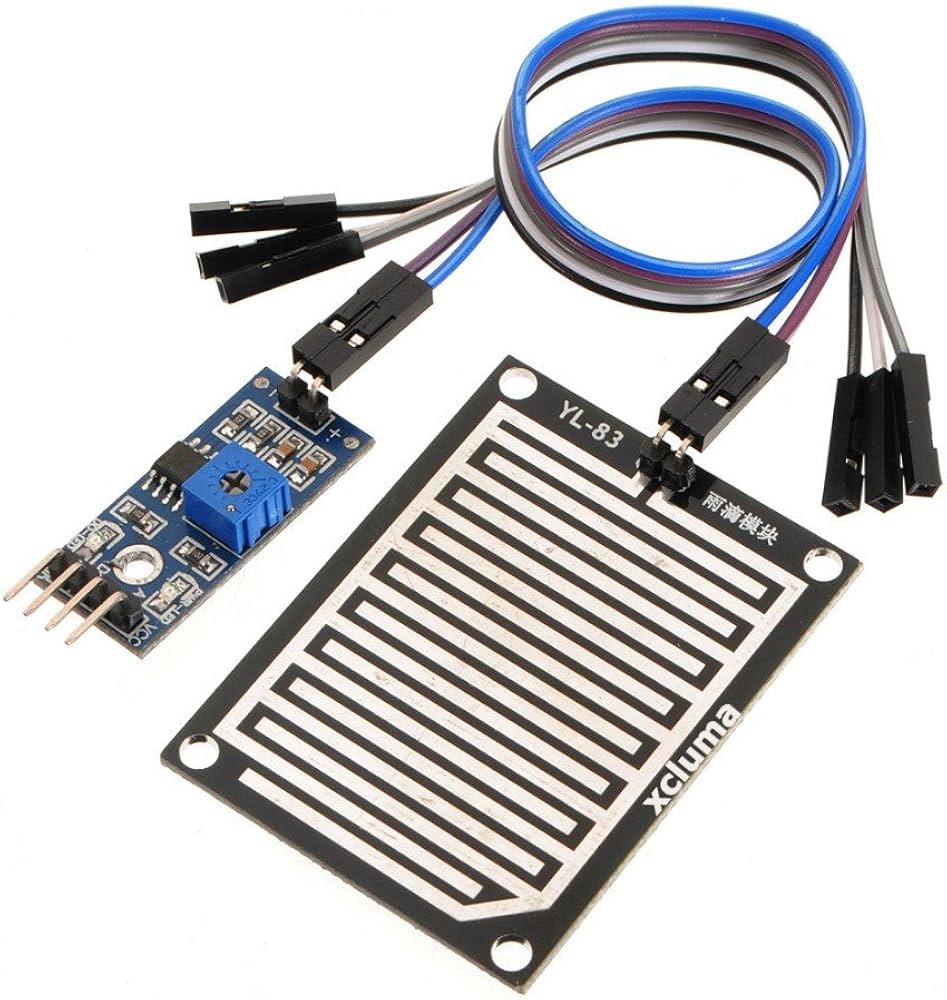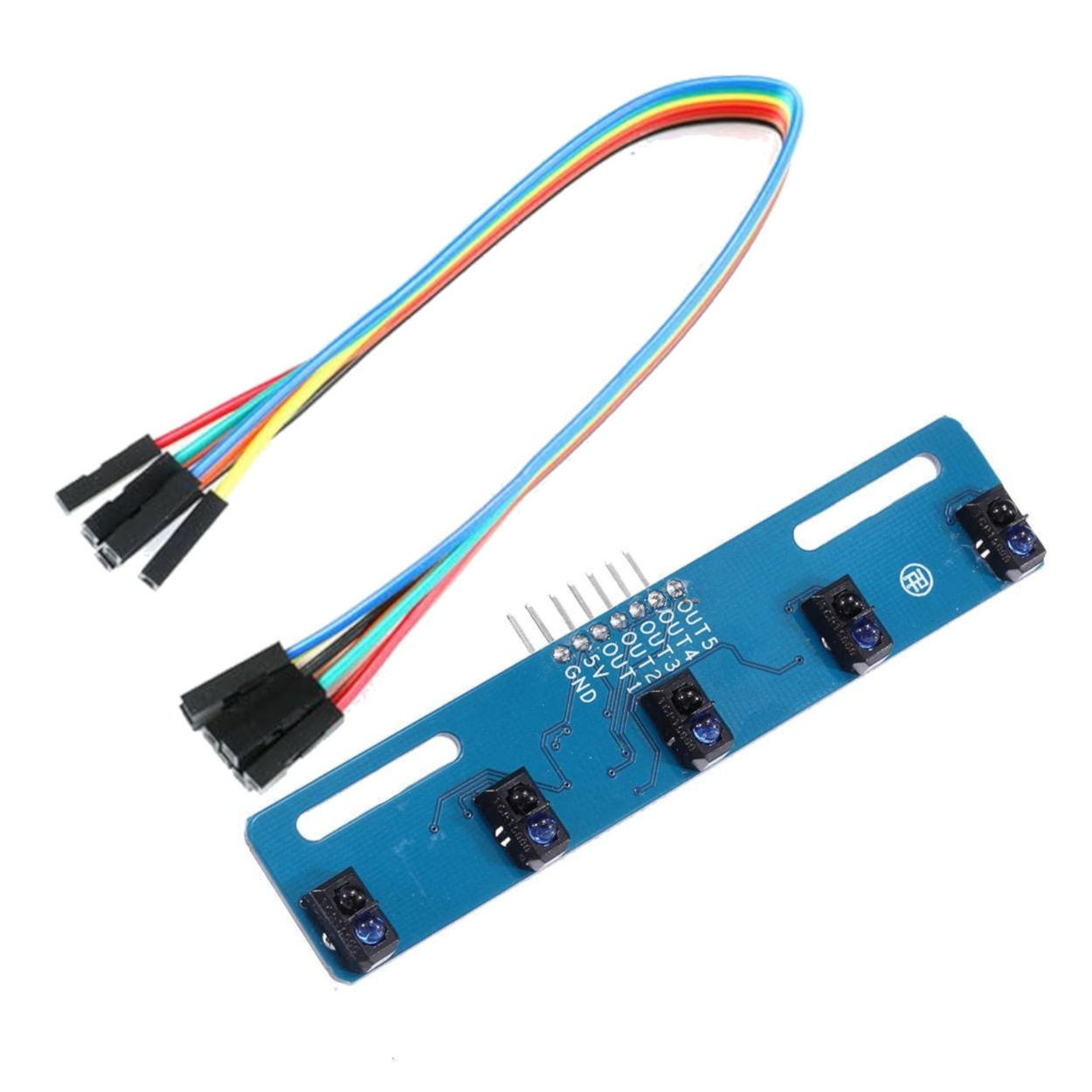Product added to cart!
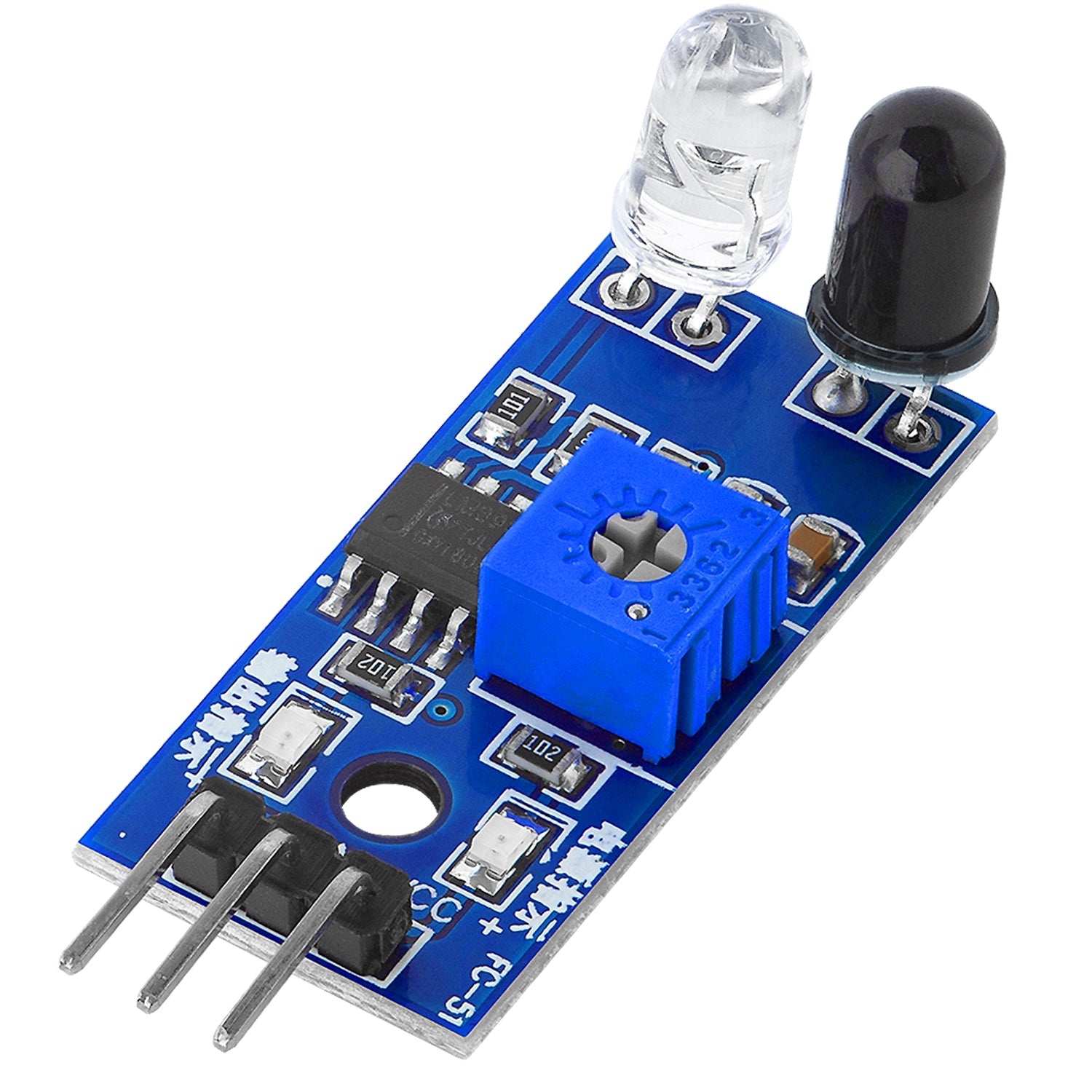
1 / 3

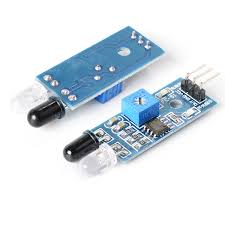
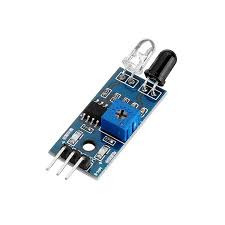
IR sensor Module
Sensors
Product ID:
HF184723
Stock:
-12 units available
Details:
The IR Sensor Module is a simple electronic device that uses infrared (IR) light to detect objects, ...
The IR Sensor Module is a simple electronic device that uses infrared (IR) light to detect objects, measure distance (short range), or sense surface differences. It is widely used in robots, obstacle detection, line following, and automation systems.
🔹 Basic Principle
The module has two main parts:
IR LED (Transmitter) → emits infrared light.
Photodiode/Phototransistor (Receiver) → detects reflected IR light.
When an object is in front of the sensor:
The IR light bounces back → detected by the photodiode.
The module outputs a signal to the microcontroller.
If no object is present, no reflection → no signal.
This is based on the principle of reflectivity of surfaces.
🔹 Pin Configuration
Most IR modules have 3 pins:
VCC → Power supply (3.3V – 5V).
GND → Ground.
OUT → Digital output (HIGH or LOW).
Some modules also provide analog output (A0) to measure intensity.
🔹 Features
Adjustable sensitivity using a potentiometer.
Detection range: a few centimeters (usually 2–30 cm).
Onboard comparator (LM393 IC in many modules) for stable output.
Indicator LED to show detection.
🔹 Applications
Obstacle detection in robots.
Line following robots (detects black/white surfaces).
Automatic door opening (like elevators).
Object counters (IR beam interruption).
Proximity sensing (hand detection in dispensers).
🔹 Advantages
Low cost and compact.
Works with any microcontroller (Arduino, ESP32, Raspberry Pi, etc.).
Both digital and analog outputs available.
Adjustable sensitivity.
⚡ Example with Arduino:
Connect VCC → 5V, GND → GND, OUT → D2 (digital pin).
Arduino reads HIGH if no object is detected, LOW if an object is present (depending on module type).
Read more
PKR 120.00

